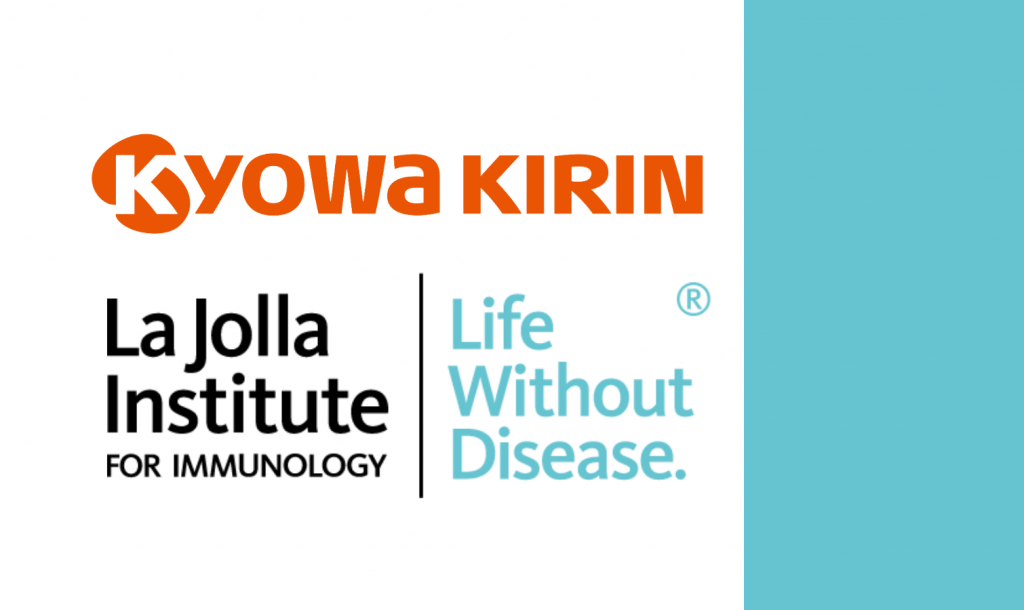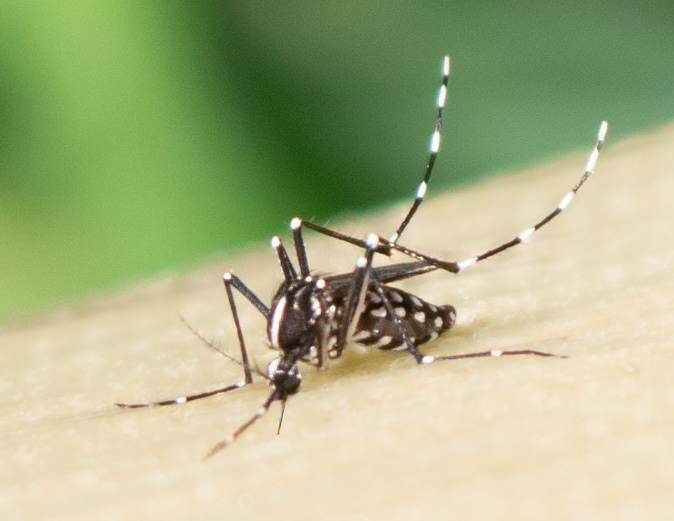Since their finding of ‘monomeric IgE effects’ on mast cell survival in 2001, Dr. Kawakami and associates have shown that IgEs exhibit a tremendous heterogeneity in their ability to induce mast cell activation, with highly cytokinergic (HC) IgEs at one end of the spectrum and poorly cytokinergic (PC) IgEs at the other: HC IgEs can induce strong survival promotion, degranulation, cytokine production, and migration very efficiently, whereas PC IgEs do so inefficiently. Intrigued by a similar dichotomy for the requirement of a certain type of IgE to prime basophils and mast cells in response to HRF, they recently found that a subset (~25%) of IgE and IgG molecules directly interact with HRF. HRF-reactive IgE together with HRF could activate mast cells in vitro. By mapping the binding sites on both HRF and IgE/IgG molecules, they developed competitive inhibitors of HRF-IgE (or IgG) interactions, which inhibited IgE+HRF-induced mast cell activation. Using these inhibitors, they could show that HRF promotes allergic inflammation in in vivo mouse models of passive cutaneous anaphylaxis and asthma. Thus, their study discovered the long sought receptors for HRF and enabled them to investigate the role of HRF in allergic diseases and potential utility of HRF inhibitors as therapeutics.
Selected References
Asai, K., Kitaura, J., Kawakami, Y., Yamagata, N, Tsai, M., Carbone, D. P., Liu, F. –T., Galli, S. J., and Kawakami, T. Regulation of mast cell survival by IgE. Immunity 14:791-800, 2001.
Kitaura, J., Song, J., Tsai, M., Asai, K., Maeda-Yamamoto, M., Mocsai, A., Kawakami, Y., Liu, F. -T., Lowell, C. A., Barisas, B. G., Galli, S. J., and Kawakami, T. Highly or poorly cytokinergic IgE molecules mediate a spectrum of effects on mast cell survival and activation. Proc. Natl. Acad. Sci. USA 100:12911-12916, 2003.
Kitaura, J., Kinoshita, T., Matsumoto, M., Chung, S., Kawakami, Y., Leitges, M., Wu, D., Lowell, C. L., and Kawakami, T. IgE- and IgE+Ag-mediated mast cell migration in an autocrine/paracrine fashion. Blood 105: 3222-3229, 2005.
Kashiwakura, J.*, Ando, T.*, Matsumoto, K., Kimura, M., Zajonc, D.M., Ozeki, T., Siraganian, R.P., Broide, D., Kawakami, Y., and Kawakami, T. Histamine-releasing factor has a proinflammatory role in mouse models of asthma and allergy. J. Clin. Invest. 122:218-228, 2012. (*equal contributions). PMCID: PMC3248297




